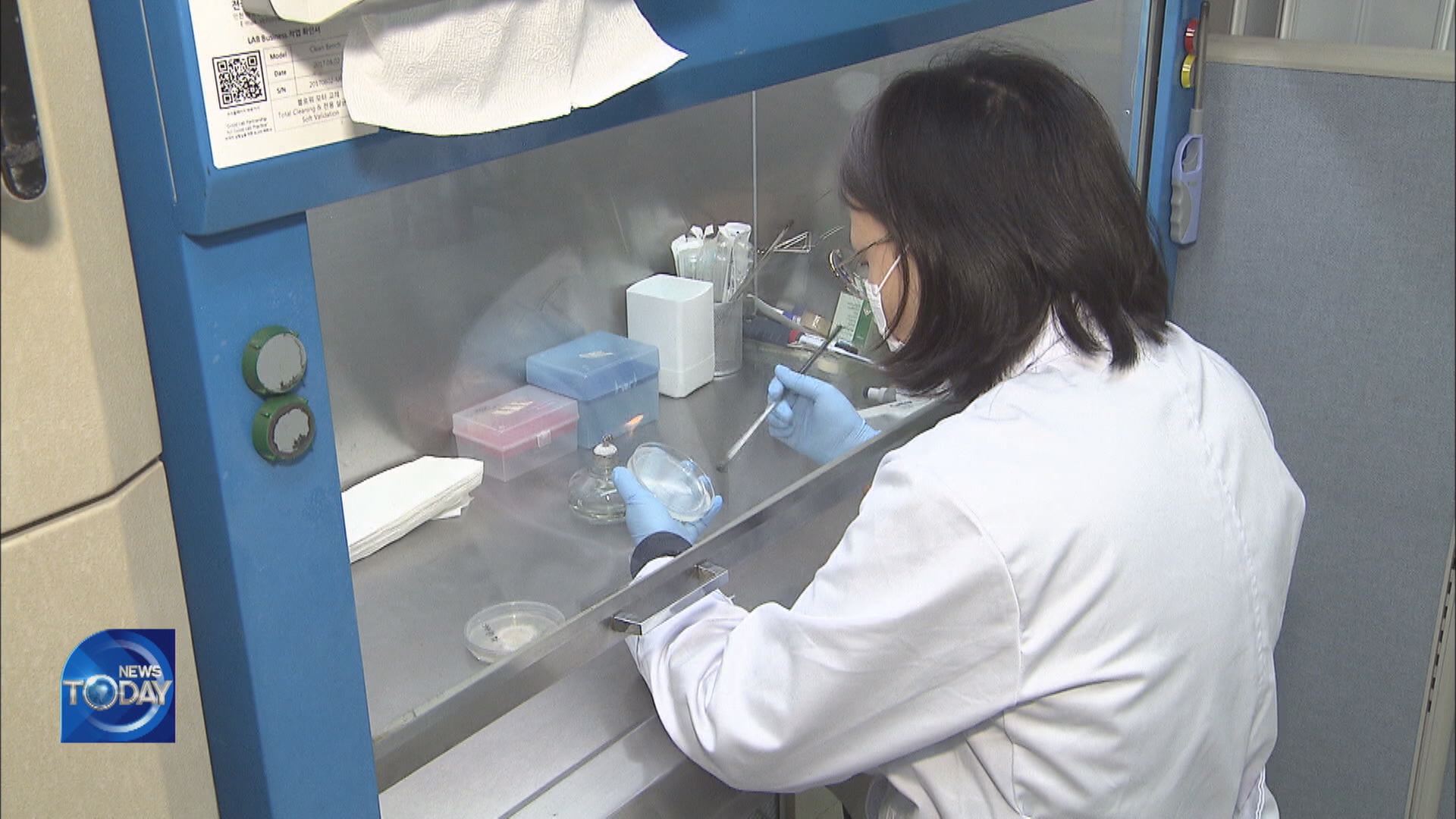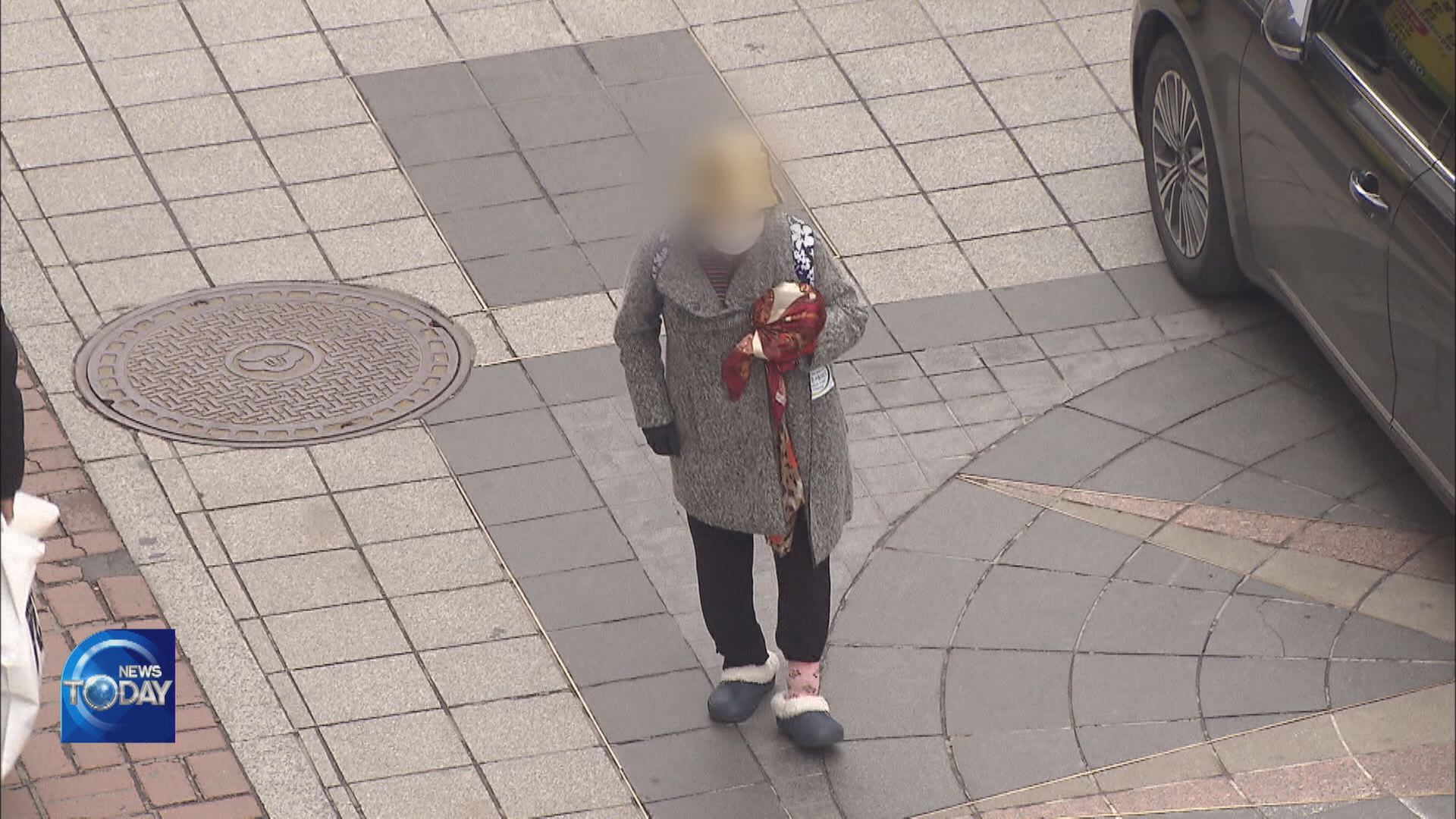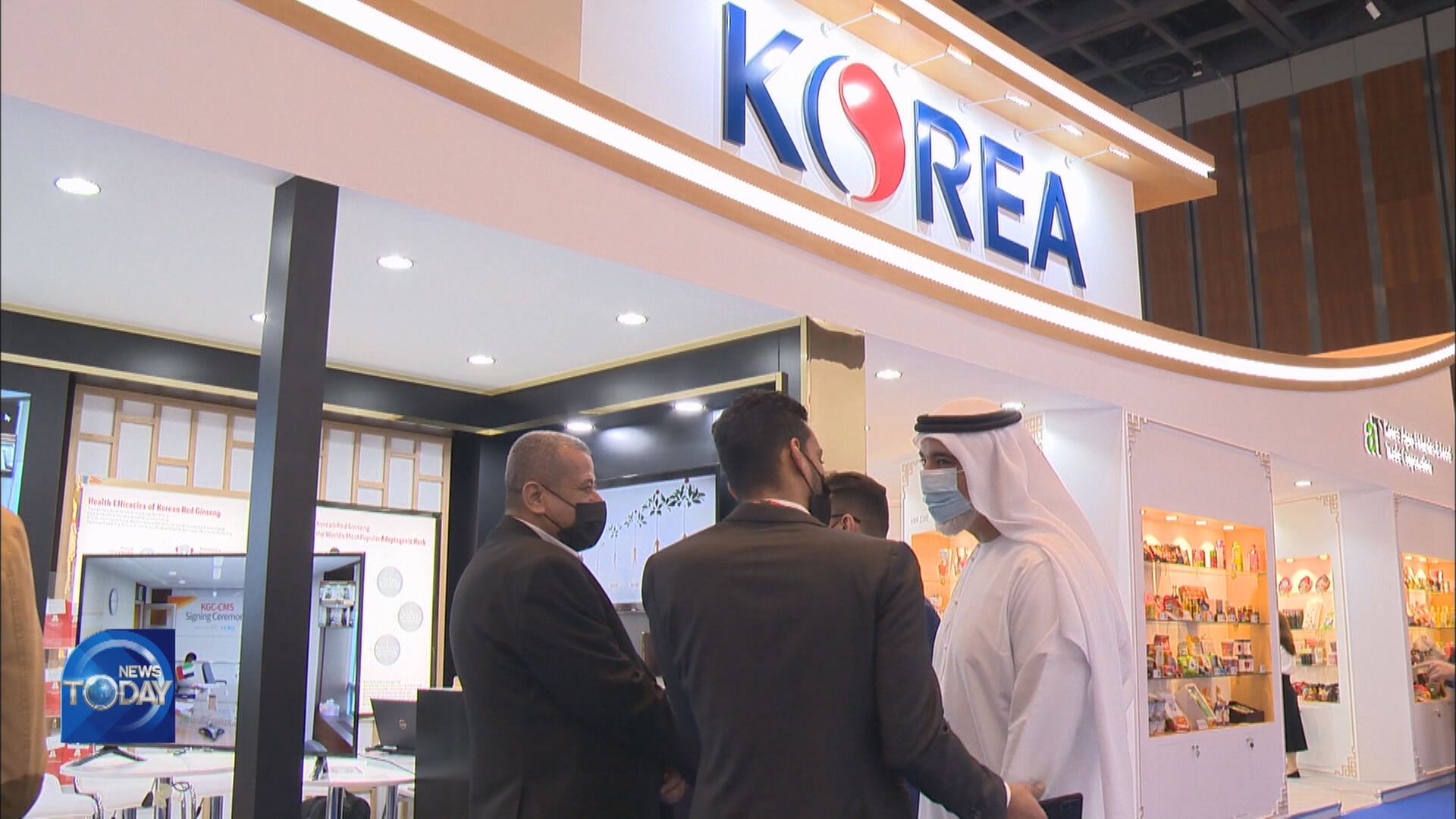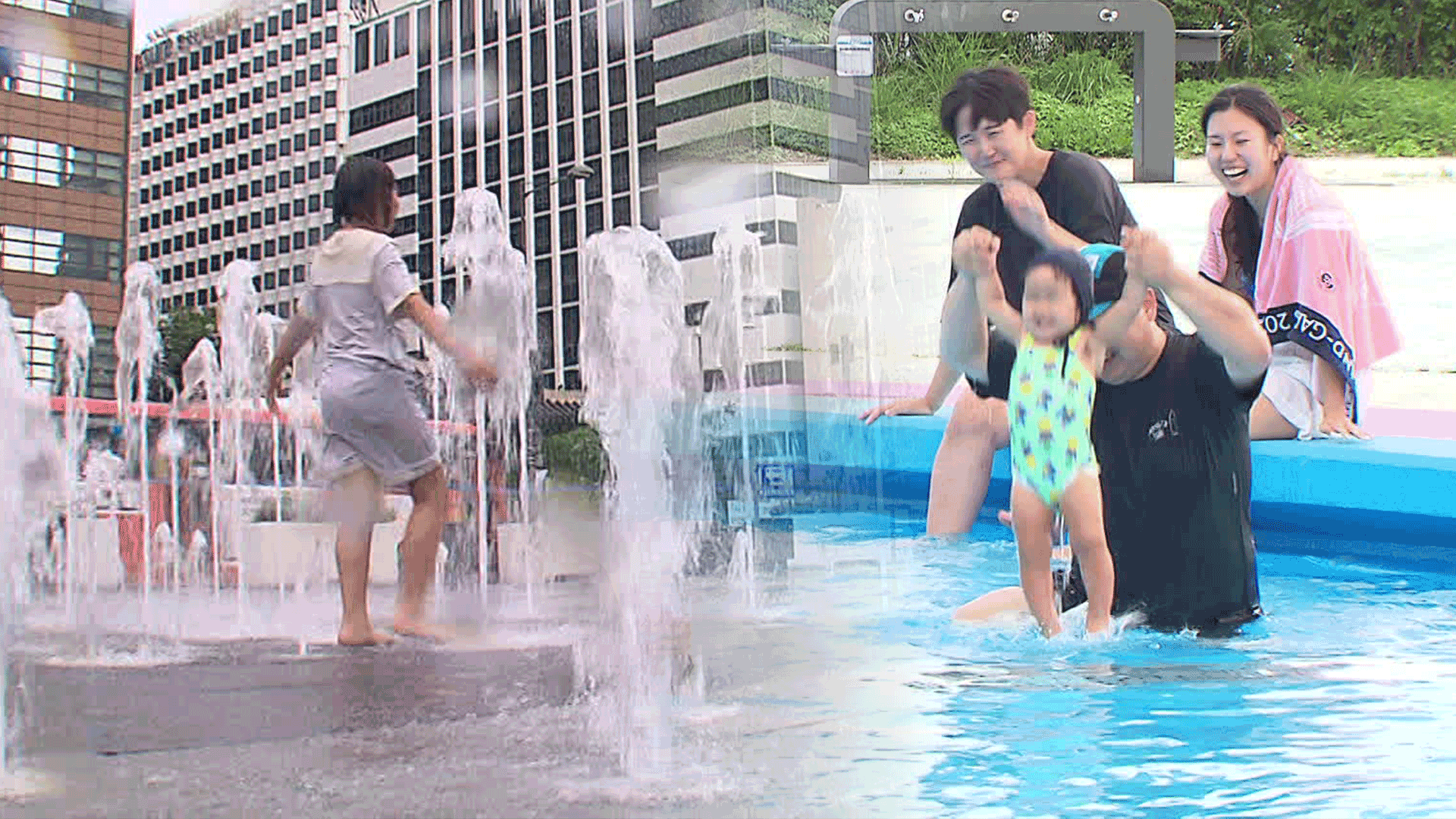RADIOACTIVITY REDUCTION TECHNOLOGY
입력 2021.02.25 (15:23)
수정 2021.02.25 (16:52)
읽어주기 기능은 크롬기반의
브라우저에서만 사용하실 수 있습니다.
[Anchor Lead]
A Korean bio venture firm has developed a technology to cut the half-life of radioactive cesium from 30 years to 108 days. Indigenous microorganisms that exist in Korean traditional fermented food and in nature are used to shorten the half-life to less than one-hundredth the original rate. The firm has already received a patent for this brilliant technology.
[Pkg]
This bio venture company studies microorganisms such as yeast, fungi and photosynthetic bacteria. They are trying to find a strain of indigenous microorganisms that exist in traditional fermented food like kimchi and fermented bean paste and also in nature. The scientists put 11 types of indigenous microorganisms into water samples polluted to 50,000 becquerels and measured the reduction rate of gamma rays to predict the half-life of cesium. They found that cesium’s half-life was shortened from 30 years to 108 days. This technology to reduce cesium’s half-life to a one-hundredth of the original rate was patented recently. Microorganisms secrete a particular enzyme to counter radioactive materials. This enzyme supposedly expedites the biological mutation that transforms a radioactive element into a non-radioactive one.
[Soundbite] Yum Kyu-jin(CEO, bio venture firm) : "When radiation is emitted, these microorganisms produce an enzyme they don’t usually make. The enzyme quickly turns the cesium into non-radioactive material."
Until now, radioactive waste was buried after being sealed in concrete or processed after cesium was separated with an absorbent. But these methods had their limits as radioactive materials continue to exist in nature. When commercialized, this technology will be used to treat the radioactive materials produced from abandoned nuclear power plants, hospitals or closed mines. Scientists also plan to conduct verification tests at the damaged nuclear plant in Fukushima, Japan.
A Korean bio venture firm has developed a technology to cut the half-life of radioactive cesium from 30 years to 108 days. Indigenous microorganisms that exist in Korean traditional fermented food and in nature are used to shorten the half-life to less than one-hundredth the original rate. The firm has already received a patent for this brilliant technology.
[Pkg]
This bio venture company studies microorganisms such as yeast, fungi and photosynthetic bacteria. They are trying to find a strain of indigenous microorganisms that exist in traditional fermented food like kimchi and fermented bean paste and also in nature. The scientists put 11 types of indigenous microorganisms into water samples polluted to 50,000 becquerels and measured the reduction rate of gamma rays to predict the half-life of cesium. They found that cesium’s half-life was shortened from 30 years to 108 days. This technology to reduce cesium’s half-life to a one-hundredth of the original rate was patented recently. Microorganisms secrete a particular enzyme to counter radioactive materials. This enzyme supposedly expedites the biological mutation that transforms a radioactive element into a non-radioactive one.
[Soundbite] Yum Kyu-jin(CEO, bio venture firm) : "When radiation is emitted, these microorganisms produce an enzyme they don’t usually make. The enzyme quickly turns the cesium into non-radioactive material."
Until now, radioactive waste was buried after being sealed in concrete or processed after cesium was separated with an absorbent. But these methods had their limits as radioactive materials continue to exist in nature. When commercialized, this technology will be used to treat the radioactive materials produced from abandoned nuclear power plants, hospitals or closed mines. Scientists also plan to conduct verification tests at the damaged nuclear plant in Fukushima, Japan.
■ 제보하기
▷ 카카오톡 : 'KBS제보' 검색, 채널 추가
▷ 전화 : 02-781-1234, 4444
▷ 이메일 : kbs1234@kbs.co.kr
▷ 유튜브, 네이버, 카카오에서도 KBS뉴스를 구독해주세요!
- RADIOACTIVITY REDUCTION TECHNOLOGY
-
- 입력 2021-02-25 15:23:51
- 수정2021-02-25 16:52:54

[Anchor Lead]
A Korean bio venture firm has developed a technology to cut the half-life of radioactive cesium from 30 years to 108 days. Indigenous microorganisms that exist in Korean traditional fermented food and in nature are used to shorten the half-life to less than one-hundredth the original rate. The firm has already received a patent for this brilliant technology.
[Pkg]
This bio venture company studies microorganisms such as yeast, fungi and photosynthetic bacteria. They are trying to find a strain of indigenous microorganisms that exist in traditional fermented food like kimchi and fermented bean paste and also in nature. The scientists put 11 types of indigenous microorganisms into water samples polluted to 50,000 becquerels and measured the reduction rate of gamma rays to predict the half-life of cesium. They found that cesium’s half-life was shortened from 30 years to 108 days. This technology to reduce cesium’s half-life to a one-hundredth of the original rate was patented recently. Microorganisms secrete a particular enzyme to counter radioactive materials. This enzyme supposedly expedites the biological mutation that transforms a radioactive element into a non-radioactive one.
[Soundbite] Yum Kyu-jin(CEO, bio venture firm) : "When radiation is emitted, these microorganisms produce an enzyme they don’t usually make. The enzyme quickly turns the cesium into non-radioactive material."
Until now, radioactive waste was buried after being sealed in concrete or processed after cesium was separated with an absorbent. But these methods had their limits as radioactive materials continue to exist in nature. When commercialized, this technology will be used to treat the radioactive materials produced from abandoned nuclear power plants, hospitals or closed mines. Scientists also plan to conduct verification tests at the damaged nuclear plant in Fukushima, Japan.
A Korean bio venture firm has developed a technology to cut the half-life of radioactive cesium from 30 years to 108 days. Indigenous microorganisms that exist in Korean traditional fermented food and in nature are used to shorten the half-life to less than one-hundredth the original rate. The firm has already received a patent for this brilliant technology.
[Pkg]
This bio venture company studies microorganisms such as yeast, fungi and photosynthetic bacteria. They are trying to find a strain of indigenous microorganisms that exist in traditional fermented food like kimchi and fermented bean paste and also in nature. The scientists put 11 types of indigenous microorganisms into water samples polluted to 50,000 becquerels and measured the reduction rate of gamma rays to predict the half-life of cesium. They found that cesium’s half-life was shortened from 30 years to 108 days. This technology to reduce cesium’s half-life to a one-hundredth of the original rate was patented recently. Microorganisms secrete a particular enzyme to counter radioactive materials. This enzyme supposedly expedites the biological mutation that transforms a radioactive element into a non-radioactive one.
[Soundbite] Yum Kyu-jin(CEO, bio venture firm) : "When radiation is emitted, these microorganisms produce an enzyme they don’t usually make. The enzyme quickly turns the cesium into non-radioactive material."
Until now, radioactive waste was buried after being sealed in concrete or processed after cesium was separated with an absorbent. But these methods had their limits as radioactive materials continue to exist in nature. When commercialized, this technology will be used to treat the radioactive materials produced from abandoned nuclear power plants, hospitals or closed mines. Scientists also plan to conduct verification tests at the damaged nuclear plant in Fukushima, Japan.
이 기사가 좋으셨다면
-
좋아요
0
-
응원해요
0
-
후속 원해요
0















![[단독] 윤석열 정부, ‘대통령실 공사비 미지급’ 피소](/data/news/2025/06/30/20250630_8MRvHk.png)

이 기사에 대한 의견을 남겨주세요.